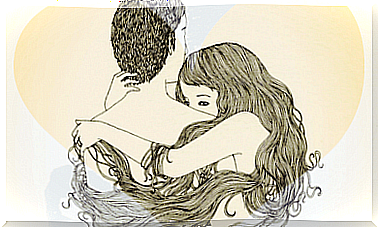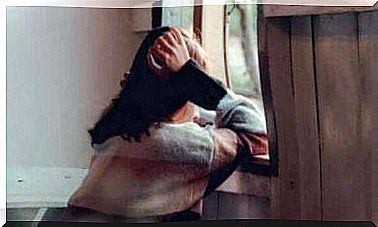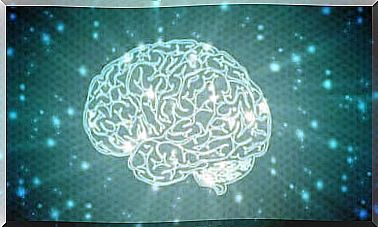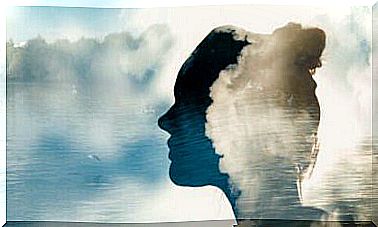Can Anyone Really Have A Photographic Memory?

People with photographic memory, also called eidetic memory, can encode visual or written information in their minds in a very detailed way.
They process the image by making a careful scan. Hours later, they can still remember it as if it were right in front of them. Researchers estimate that only about 1% of the population has this ability. However, there is some controversy as to whether this actually exists or not.
Some people believe that children are the only ones who have this ability, which disappears as they get older. This is because either they do not stimulate or train the ability or because adults tend to codify things visually and verbally.
Other people believe that it is just a myth because the only evidence of it comes from those who claim to have this ability. No cognitive tests or objective evaluations support this notion.
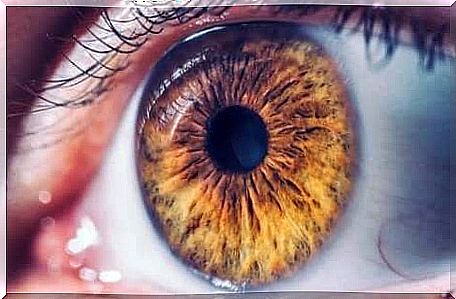
What is a photographic memory?
This type of memory is called photographic because it is recorded as if it were an image. In other words, people with a photographic memory remember everything that appears in an image or on the page of a book, exactly as it appears.
This may also apply to auditory stimuli. In that case, the individual codifies melodies or sounds that they hear as an image in their memory. The special thing about these kinds of memories is the detail that is remembered. For example, they can remember the punctuation of an entire page.
While scientists are interested in these claims, they still haven’t established whether a photographic memory really exists. Nor have they clarified the factors that cause a person to acquire such a memory.
It seems to be an extremely rare skill, more common in children. However, as we mentioned above, they usually lose it when they grow up.
We must make it clear that visual memory and eidetic memory are not synonymous. The first is the ability to remember using visual stimuli. The latter emphasizes the level of detail a person can remember.
So while most people are familiar with the concept of photographic memory, you can see why there are doubts about its existence. What little evidence there is seems to support the idea that these individuals can do what they do thanks to a combination of different skills.
So, the ability to remember things in such detail is due to good visual memory, familiarity with the material, effort, and even mnemonics. Most people with a photographic memory say they’ve had it all their lives, and perfected it with practice.
The Place Method
People with this ability tend to flaunt it. For example, they can draw a map of Italy from memory after seeing it once.
Either they can remember every day of their lives since childhood, or they’ve memorized every page of a 900-page book. However, very few reveal what they actually do to achieve these incredible results.
Only a few people with these exceptional skills have given up their tricks. Many of them use the method of place, or method of loci. also called memory palace. The memory palace is a useful technique based on spatial memory.
According to psychologists specializing in memory, the strongest memories are associated with an image, a place and/or emotions. Therefore, you are more likely to remember something if you can remember, for example, where it happened.
Therefore, the place method involves imagining yourself traveling through a place you know well. Ideas and memories are ‘stored’ or represented by objects you see along the way. In other words, imagine that each element is, for example, a vase, a painting, or a plant.
As you make your way through this familiar place, the memories appear on their own. People have been using this method since the 5th century BC and extensive research has been done on it. Studies show that it significantly improves people’s memory.
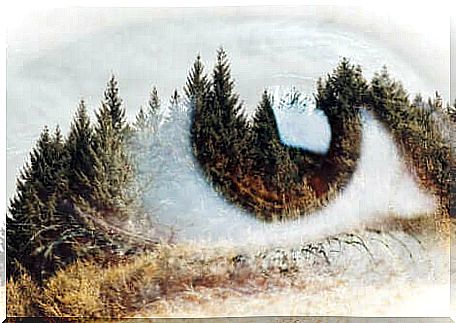
Can you learn to have a photographic memory?
The short answer is yes. You can train yourself to have a photographic memory. Experiment with the placement method or other strategies that work for you. Researchers usually agree that with good technique, a willingness to learn and a lot of practice, you can achieve impressive results.
Constant practice and hard work are the keys to developing many skills, not just a good memory. However, some people seem to be more cognitively gifted in certain areas.
However, that does not mean that they will automatically benefit from their gifts, nor that those who are not naturally gifted cannot learn to be skilled at something.
